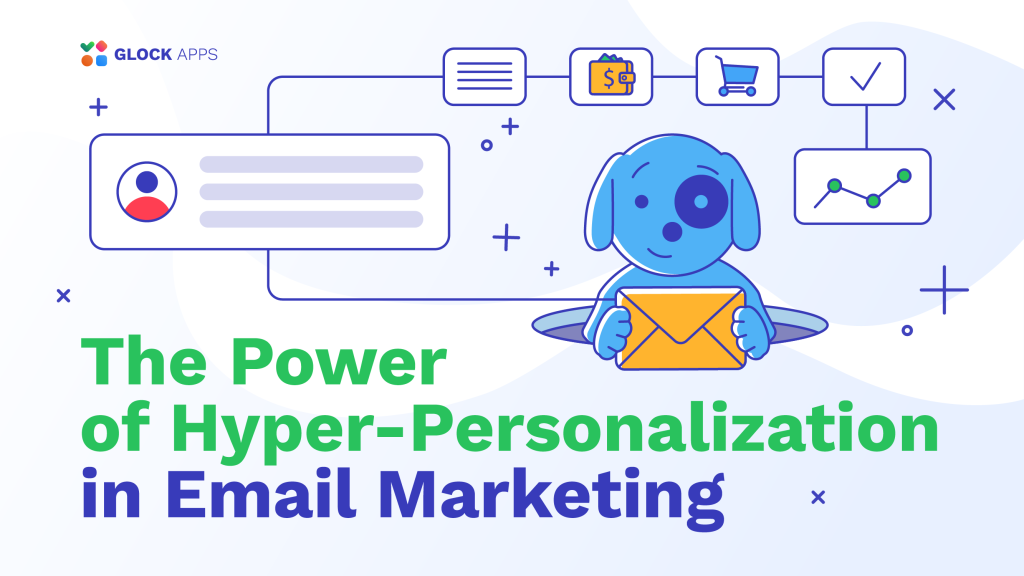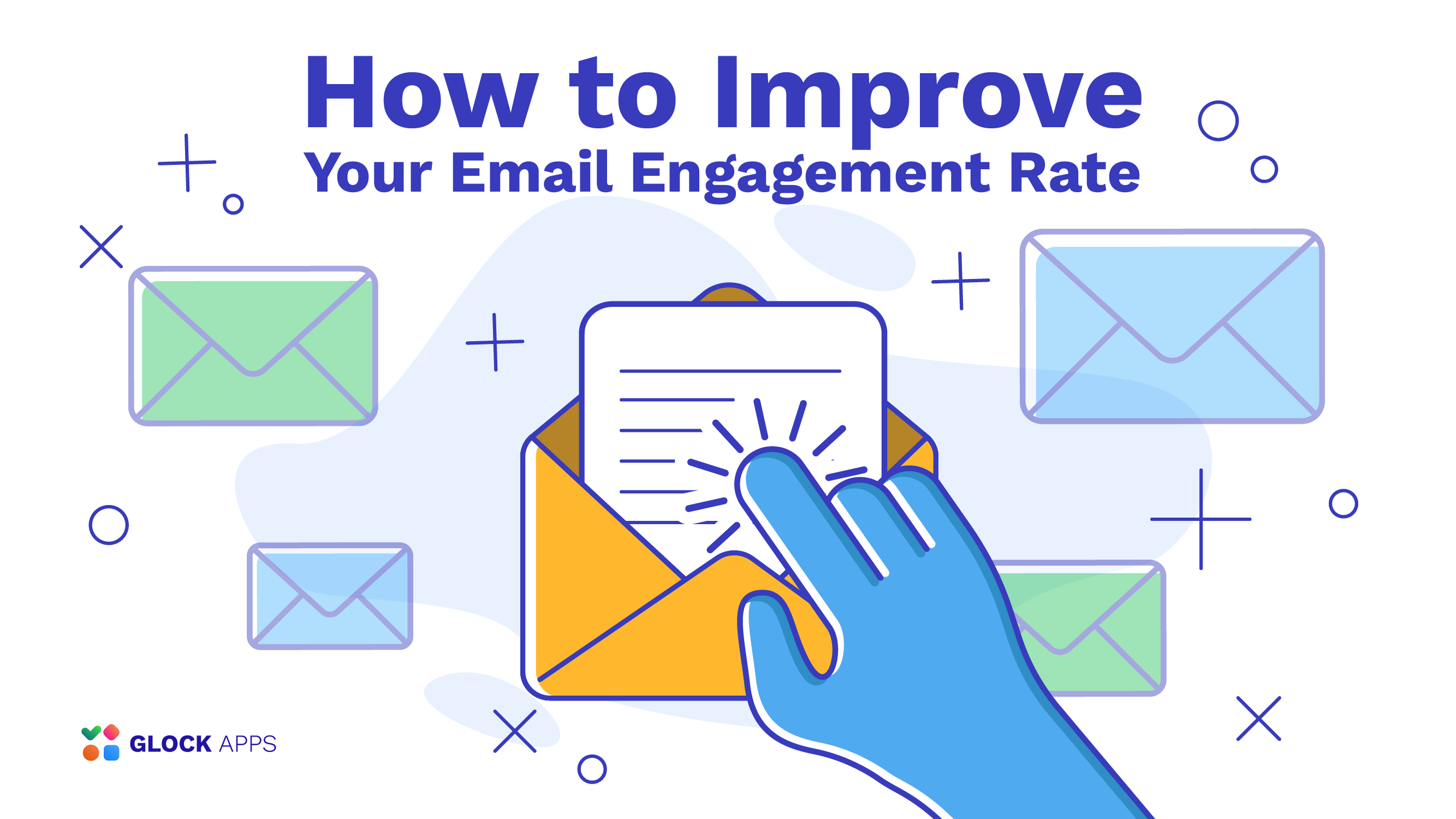Unlock the Full Potential of Email Marketing Through Hyper-Personalization

Estimated reading time: 6 minutes
Hyper-personalization in the email could be the peak of targeted marketing yet, via the use of complex algorithms, it moves a step beyond the well-known examples of personalization (such as simply including the customer’s name in an email), focusing instead on individuals’ behavior, preferences and histories to create highly relevant and engaging communications.
The Basics of Hyper-Personalization
The practice of hyper-personalization involves using large sets of detailed customer data to better understand each customer at an almost personal level, applying AI and machine learning tools to the data collected through multiple touchpoints, such as social media, past purchases the customer has made, or via data collected while they’re browsing the website.
Advantages of Hyper-Personalization in Email Marketing
Employing hyper-personalization in email marketing has immense benefits not only as a communication strategy but also as a business performance indicator. That said, let’s explore its benefits:
1. Catered customer experiences: From hyper-targeted messages to optimized in-store navigation systems, many of the customized email features are equally applicable to incessantly ‘caring’ about every individual customer in an offline environment.
2. Promoted Open and Click Rates: When emails strike a personal chord, recipients are more apt to open, read through, and interact with the product or call to action. Active engagement is crucial to driving traffic back to the website (where the sale typically takes place) and keeping the customer base engaged over time.
3. Intensified Customer Loyalty: Personalized conversations cultivate stronger connections with customers. Customers who interact regularly with appropriate, relevant, and custom experiences are more likely to remain loyal customers, avoiding churn and deepening the relationship over time.
4. Enhanced Analytical Insights: The good quality data gleaned from these conversational interactions give brands and marketers unique insights into customers’ behaviors and preferences. This data can be used to improve marketing tactics across all channels, giving an overall lift to brands’ strategic efforts.
5.Optimized deliverability: As we have already established, hyper-personalization tailors content up to individual needs and behaviors, which enormously improves engagement, deliverability, and helps emails effectively bypass spam filters. You can see it for yourself with GlockApps!
Challenges of Hyper-Personalization in Email Marketing
Using the method of email hyper-personalisation is not an easy process, it includes a lot of steps, issues, and considerations. One of the main problems is managing data privacy. Every day businesses collect and analyze a lot of data about their customers, to make an email match and satisfy their customers in every possible way. The value of personalization rises, but to protect data, businesses must know how to handle it, and follow the regulation of GDPR, CCPA, etc.
One of the other areas we need to pay more attention to is technology. The effectiveness of hyper-personalization heavily relies on the integration of the latest technologies such as artificial intelligence, machine learning, and data analytics platforms. All of these need to be synchronized with the marketing tools and the CRM systems to perform better customer analysis and deliver hyper-personalized content. However, to have the integration set up and maintained can be very costly and time-consuming.
Furthermore, there’s the concern of over-personalization – for example, through emails that feel too ‘creepy’ or overly intelligent for their own good. This might occur when personalization efforts are based on erroneous data assumptions, too little contextual knowledge, or poor calibration of a customer’s tolerance threshold. There has to be space between ‘just right’ and ‘creepy’ to provide a zone for customer interaction.
Ultimately, the issue of scale should not be overlooked. As businesses grow, they must be able to maintain the level of personalization at scale without compromising the quality or individual relevance of each communication. This requires not only powerful automation tools but also continuous learning and adaptation of AI systems to handle increasing volumes of data and interactions.
Read also: Email Content Overview: Why Content Analysis in Email Spam Testing Matters
Future Trends in Hyper-Personalization
As the future arrives, hyper-personalization in email marketing will only get more sophisticated, with a focus on how to best combine advanced technology while ensuring user privacy. AI and machine learning will keep optimizing the accuracy of hyper-personalization; the prediction methods will get better, and the communications will become more in sync.
The need to protect these consumers’ privacy – and convince others to adopt similar personalization standards – will fuel innovation in privacy-enhancing technologies, thereby helping to make sure that there is no compromise in data safety; while improving the reach of hyper-personalization across multiple channels – within those limits – to reflect a comprehensive face of a company that is likely to speak in the same voice and with the same energy across all the platforms.
Real-time personalization will step up as well – giving marketers the power to make adjustments on-the-fly, so that content can seamlessly shift and adjust based on consumer actions immediately, and create a dynamic and responsive strategy. This will result in better marketing efforts that are highly reactive to consumers’ changing needs.
Conclusion
Hyper-personalization in email marketing represents a profound evolution in how businesses engage with consumers. This strategy goes beyond traditional marketing by employing advanced data analytics and artificial intelligence to create highly tailored communications that resonate on an individual level. Such personalization enhances the relevance and impact of messages, significantly boosting user engagement and conversion rates. Just in case you were wondering if your emails are delivered right in the box, check out GlockApps. High quality communication can’t happen if your emails end up in spam anyway!
This benefits more than just short-term marketing objectives by helping to cultivate ongoing relationships with customers. When the content delivered by a brand addresses customers’ individual preferences and needs especially well, it notably increases their satisfaction and loyalty with the brand. The more that these hyper-personalization technologies are integrated into an overall marketing strategy, the more that will make the customer interaction seamless, improving every customer touchpoint with the brand.
Not only can hyper-personalisation satisfy current consumer demands, but it also puts brands in a position to pre-empt future ones, securing ongoing business and customer retention. By embracing this approach, businesses can achieve a compelling competitive edge, driving sustained engagement and loyalty in a rapidly changing digital world.
Hyper-personalization in email marketing involves using advanced data analytics to tailor communications based on individual behaviors, preferences, and histories, which improves engagement.
Hyper-personalization improves email marketing by increasing open and click rates, promoting customer loyalty, and providing detailed analytical insights that help refine marketing strategies across different channels.
The main benefits include delivering tailored customer experiences, boosting engagement metrics, strengthening customer loyalty, and gaining better analytical insights to optimize overall marketing efforts.
Businesses must adhere to regulations like GDPR and CCPA, ensuring proper data management practices to protect customer information while delivering personalized email content.



